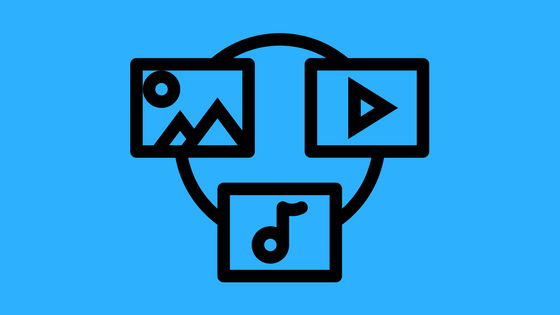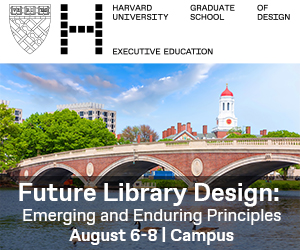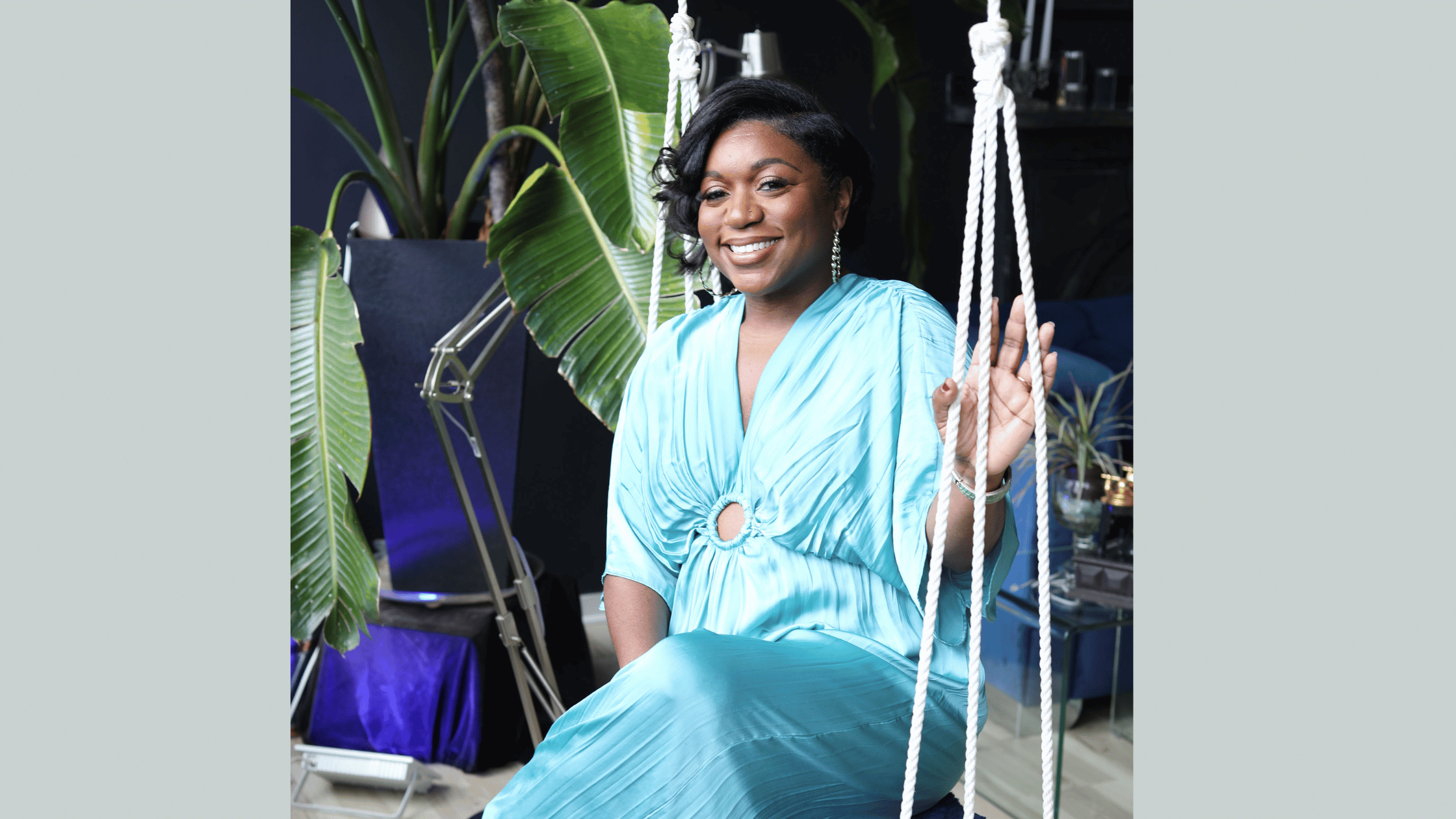Library Program Ideas for Media Literacy Week 2017

As trusted institutions that are accessible to all ages, public libraries are uniquely positioned to provide media literacy education through many programming options. The third annual U.S. Media Literacy Week will be November 6-10, 2017.
The National Association for Media Literacy Education (NAMLE) organizes Media Literacy Week with the goal of raising awareness about the need for media literacy education. A host of organizations, schools, educators, and other partners will participate with NAMLE on a variety of events, including classroom lessons, online chats, PSA’s, and panel discussions.
“Media Literacy, the ability to access, analyze, evaluate, communicate, and create all forms of media, is proving vital especially with the current political climate and information onslaught the public must navigate,” said NAMLE Executive Director Michelle Ciulla Lipkin, according to the organization’s press release.
Public Library Programming Ideas
Fake news has been a popular programming topic over the past year. Public libraries have experimented with a variety of methods, from online resources to librarian-led forums on fact checking and panel discussions featuring journalists and other experts. Most of these programs are targeted towards adult patrons, and many of the resources suggested by NAMLE are focused on K-12 classrooms. While the idea of media literacy is often associated with politics, current events, and the term ‘fake news’, as the resources linked above makes clear, media literacy need not be tied to those topics. Media literacy skills can, and should, be applied across all disciplines.
With all this in mind, a flexible and adaptable approach to Media Literacy Week is ideal for a public library setting. Here are three ideas to consider.
- Incorporate the principles of media literacy education into any existing programming. Critical thinking, the ability to encode and decode symbols, and analyzing messages is at the heart of media literacy education. No matter the subject matter of an existing program—health, science, literature, current events—if you include one or more of those skills it will be tied to media literacy. Find a wealth of resources on the NAMLE website, many of which could be adapted for a library program.
- Examine the film version of a novel, comparing the portrayals, time periods, audiences, meanings, etc. This could easily be adapted depending on the size or age range of a group. You could incorporate it into an existing book discussion group, or create a standalone program. Discussion is key: What different messages do each of the mediums communicate? Why did the creator(s) decide to present them the way that they did?
- Hold a program about advertising to discuss how messaging differs among various mediums. Younger audiences could create collages (page 17) from magazine ads and learn to distinguish between products (candy), brands (M&Ms) and companies (Mars, Inc.). Teens or adult audiences could be interested in hearing from area marketing professionals, who could present examples of their work and discuss the process of creating messages to sell different products. If your library has the equipment and staff capacity, host a program to create digital or video ads or PSA’s and share them on your library’s social media.
Any organization is welcome to contribute to Media Literacy Week efforts. Visit http://medialiteracyweek.us for tips and ideas, or reach out to medialiteracyweek@namle.net to learn more about participating.
Before, during, and after Media Literacy Week, the skills of critical thinking can be helpful educational components to add to your library program. Comment here to share any successful program tips you have!
Tags: media literacy, Media Literacy Week, National Association for Media Literacy Education







